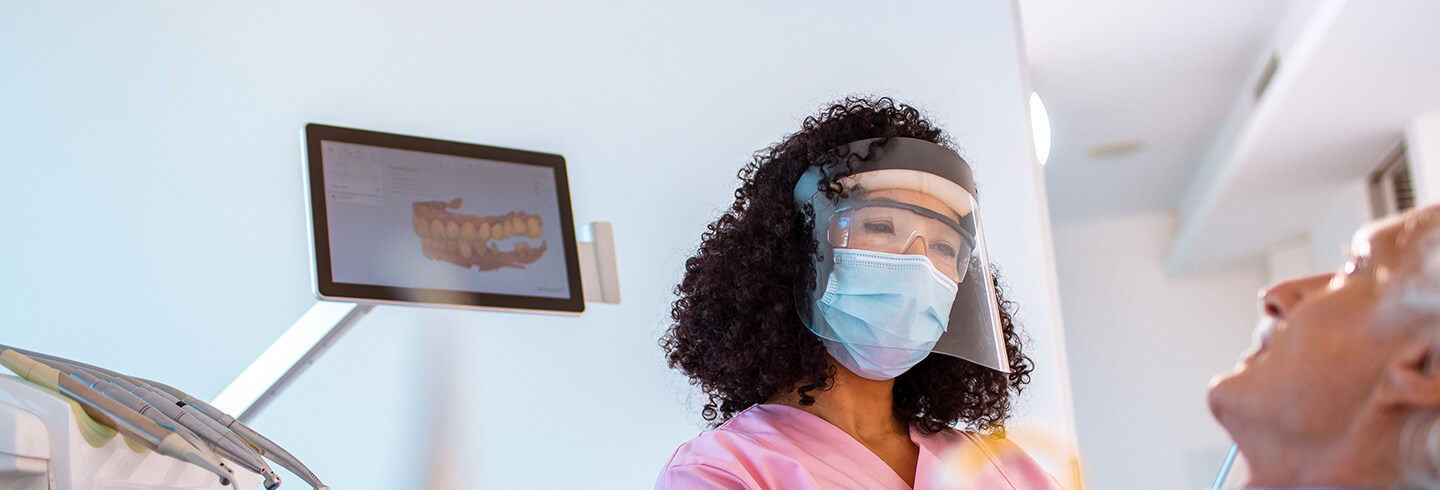Medically Necessary Orthodontic Care
Medically Necessary Orthodontic Care

In 2010, the federal government passed comprehensive health care reform legislation in the form of the Patient Protection and Affordable Care Act (also known as the ACA, PPACA, or “Obamacare”). Among the many changes to the medical insurance landscape that were ushered in by the Affordable Care Act was a mandate that health plans include an embedded pediatric dental benefit.
While the inclusion of a pediatric dental benefit mandate was an important step in increasing access to orthodontic care, its implementation has led to headaches and confusion for providers. While the plans including the embedded dental benefit now offer coverage where there would have been none prior, oftentimes they do so only when the treatment is considered “medically necessary.” Unfortunately, there is currently no federal definition of “medically necessary” because ACA left it up to the respective states to define the term and establish qualifying criteria.
The inconsistencies that resulted from the ACA’s deference to the states prompted the AAO’s efforts to promote standardization of the “medically necessary” definition and its qualifying criteria.
With the cooperation of the National Association of Dental Plans (NADP), all major dental payers have been represented during meetings led by the AAO Committee on Medically Necessary Orthodontic Care. Also involved in the process have been the Centers from Medicare and Medicaid Services (CMS) and the American Association of Dental Consultants (AADC).
The dental plan representatives, noting that MNOC cases can likely be adjudicated with appropriate coding and via claims systems programmed to recognize algorithmic logic programming, proposed development of a pilot program to test proposed standardization criteria. Considering observations from dental payers and criteria from numerous states, the AAO Committee on Medically Necessary Orthodontic Care formulated proposed standard criteria corroborated with scientific evidence that could be used to automatically qualify a case as being medically necessary.
As a result of the Committee’s efforts, the House of Delegates of the American Association of Orthodontists adopted a definition of Medically Necessary Orthodontic Care and a list of Proposed Auto-Qualifiers. The AAO’s Council on Orthodontic Benefits continues to oversee standardization efforts and reviews the policies on a yearly basis.
On May 6, 2019, the AAO’s House of Delegates amended its definition of Medically Necessary Orthodontic Care. The current definition of Medically Necessary Orthodontic Care reads:
Orthodontic services to prevent, diagnose, minimize, alleviate, correct, or resolve a malocclusion (including craniofacial abnormalities and traumatic or pathologic anatomical deviations) that cause pain or suffering, physical deformity, significant malfunction, aggravates a condition, or results in further injury or infirmity.[1]
The AAO’s House of Delegates has also approved the following proposed qualifying criteria (or “Auto-Qualifiers”) for establishing a basis for Medically Necessary Orthodontic Care:
- Overjet: 9 mm or more.
- Reverse overjet: 3.5 mm or more.
- Anterior and/or posterior crossbite of 3 or more teeth per arch.
- Lateral or anterior open bite: 2 mm or more; of 4 or more teeth per arch.
- Impinging overbite with evidence of occlusal contact into the opposing soft tissue.
- Impactions where eruption is impeded but extraction is not indicated (excluding third molars).
- Jaws and/or dentition which are profoundly affected by a congenital or developmental disorder (craniofacial anomalies), trauma or pathology.
- Congenitally missing teeth (excluding third molars) of at least one tooth per quadrant.
- Crowding or spacing of 10 mm or more, in either the maxillary or mandibular arch (excluding 3rd molars). [2]
[1] House of Delegates Policy Manual of the American Association of Orthodontists, 3-95 H, Amended May 6, 2019
[2] House of Delegates Policy Manual of the American Association of Orthodontists, 29-19 H, Adopted May 6, 2019